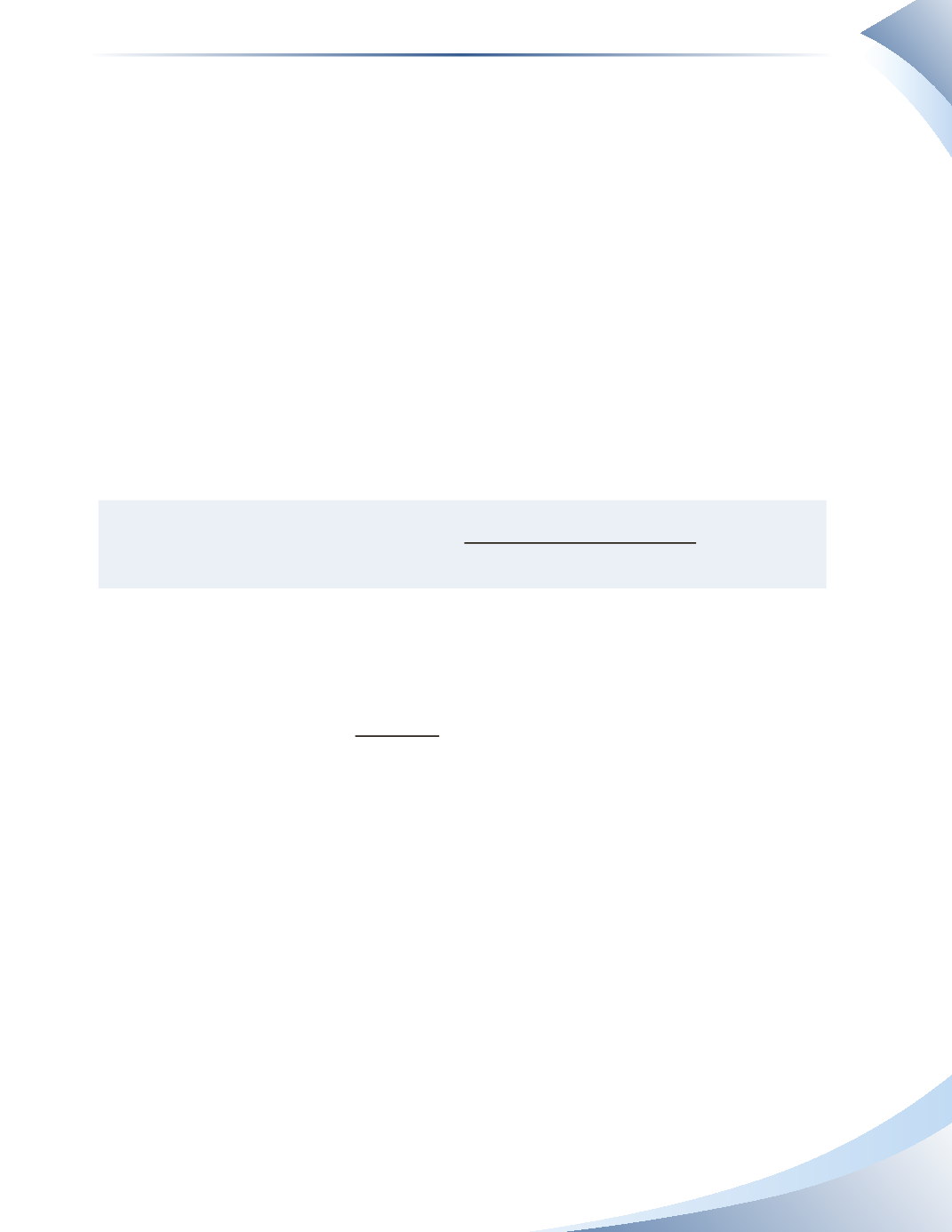
Chapter 12
Using Accounting Information
357
The comparative balance sheet is a tool used to perform
horizontal analysis
because it compares
information from one accounting period to another, usually from year to year.This means that you
can compare similar line items to see how that item has changed from year to year.
Using the comparative balance sheet, the bank can easily see the increases and decreases in assets
and liabilities, and estimate the future trends of the financial information. Specifically, we can
quickly see that total assets have increased while total liabilities have decreased, which is a good
sign. However, the company’s cash balance is dwindling while accounts receivable significantly
increased, indicating that there may be some cash or collection issues. To make its decision, the
bank needs more in-depth information.
Figure 12.6 summarizes some key financial information for Star Hotel’s previous three years. Just
examining dollar amounts may not reveal trends in the company. Instead we can present the values
as percentages.This will show the value of the item compared to a base-year. A
base-year
is usually
the earliest year shown and will be the basis for comparison.
To calculate the percentages, we will use the following formula.
=
New account balance
Percentage of base-year
Base-year account balance
In this example, 2014 will be the base-year. For each line, we will use the 2014 value as the
denominator in the calculation. So for cash, we will always divide by $32,000. For 2014, $32,000
divided by $32,000 is 100%. For 2016, the calculation would look like this
$8,000
=
0.25
or
25%
$32,000


